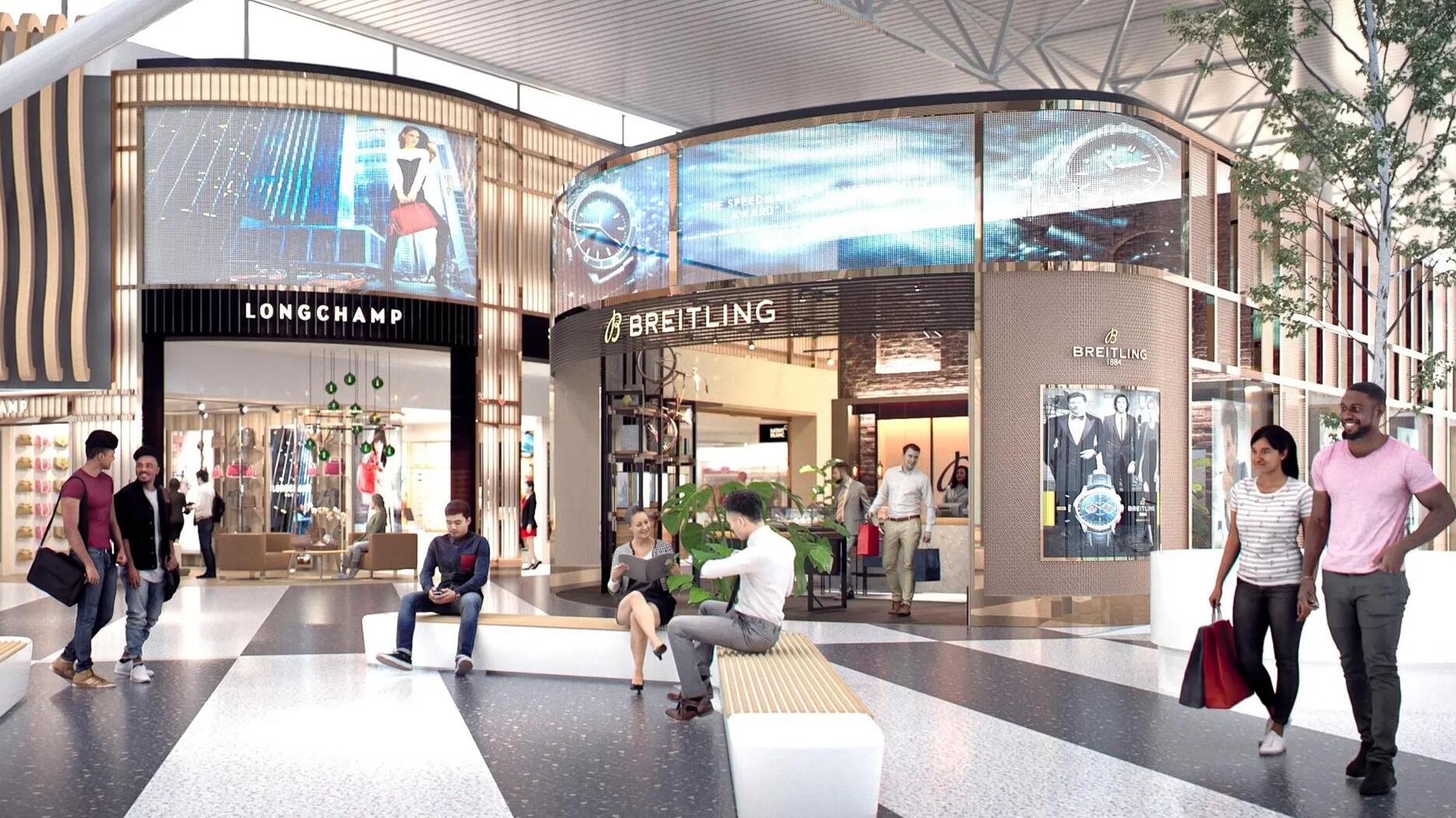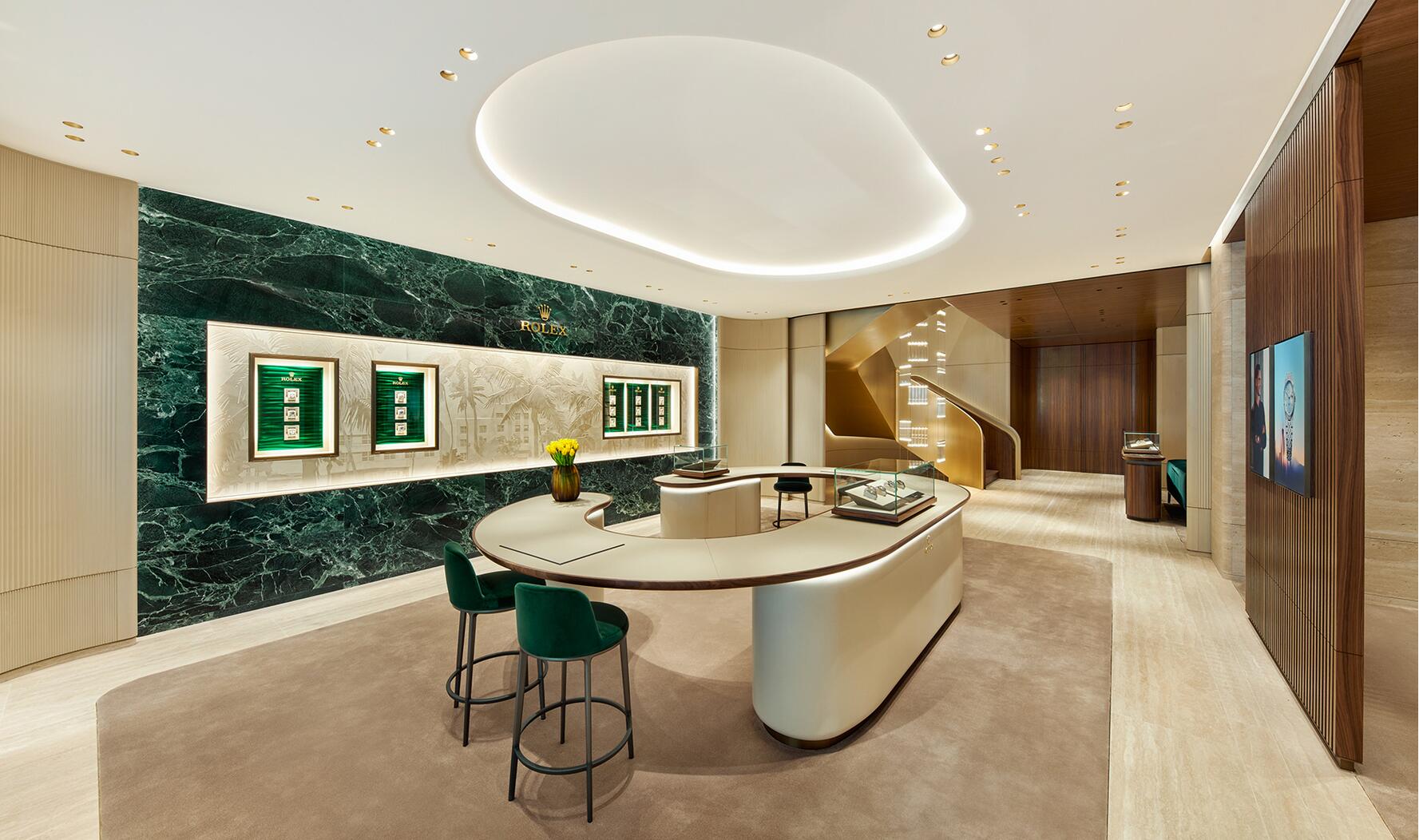Pre-Owned Luxury Watch Market Growing Quickly, Says McKinsey
A new report outlines the customers most likely to buy a secondhand watch, the most popular brands, and more.

In its “State of Fashion, Jewellery and Watches” report, the research firm said it expects sales of secondhand fine watches to reach $30 billion by 2025, making it one of the fastest- growing segments in the luxury industry.
“As brands forge closer relationships with their customers, they will also find opportunities to double-dip in the revenue pool by engaging in pre-owned sales,” said the report, with sales driven by younger consumers as well as collectors and cost-conscious shoppers.
The online share of the secondhand market is projected to reach 30 percent, six times larger than the firsthand market, which sits at 5 percent, with both categories expected to grow proportionally in the next few years.
Direct-to-consumer watch company Chrono24 shared its data with McKinsey for the report.
In 2020, Chrono24 saw transaction volume rise 30 percent year-over-year with pre-owned watches accounting for two-thirds of sales.
The site sees about 9 million unique visitors per month.
“There’s no longer any choice for watch brands but to adapt their businesses to be amenable to D2C,” said Chrono24 co-CEO Tim Stracke in a press release about the report.
The online shopping experience expands the market to welcome new and old buyers.
“The now even wider-spread embrace of the luxury pre-owned watch market creates a major paradigm shift,” said Stracke.
“Collectors can ‘trade up’ faster. Watch novices can enter the market more quickly. Impatient shoppers no longer have to put their lust on a near-endless waiting list due to watchmaker limited supply. And the most passionate watch market-watchers follow the ebb and flow of industry rumors, always on the lookout for an exceptional value or a grail watch.”
According to Chrono24’s data, men account for about 95 percent of requests for pre-owned watches.
Consumers are shifting away from the “more is more” behavior, said the company, opting for pre-owned luxury items instead. This is reflected in the shopping habits of younger consumers in particular.
Millennial and Gen Z shoppers, defined as ages 18-39, account for 61 percent of all pre-owned watch requests on Chrono24.
Customers under the age of 30 are 14 percent more likely to request a pre-owned watch over a new watch when compared with customers between the ages of 50-60.
“The luxury watch marketplace suggests this is a result of a younger-skewing, changing consumer ethos that celebrates not only value, but lifespan as well,” said the company.
Younger shoppers’ openness to pre-owned luxury items “exploded” during pandemic-related lockdowns in 2020.
In the 18-34 age group, requests for pre-owned watches grew 70 percent year-over-year in 2020. In the United States, buyer requests were up 81 percent.
By region, the United States comes in ninth when ranking the number of pre-owned watch requests on Chrono24, with about 62 percent of shoppers looking for secondhand watches.
The top five spots for the 2018-2020 period were: Denmark, Italy, Sweden, the Netherlands, and the United Kingdom.
By brand, Rolex watches are the most frequently asked for overall, accounting for 37 percent of all requests sent to Chrono24.
Of all Rolex requests, 71 percent of customers ask for pre-owned watches from the brand.
In second place is Omega, accounting for 11 percent of all requests. When customers ask for this brand, 68 percent look for secondhand watches.
Cartier saw the highest volume of pre-owned requests, with 82 percent of customers who want a Cartier watch looking for one that’s pre-owned.
The company noted a rise in popularity of the vintage Cartier models.
The Latest

In the recent multi-shipment seizure, CBP also found counterfeit Audemars Piguet, Moncler, and Chrome Hearts items.

Helzberg’s Chief Retail Officer Mitch Maggart shared details about its tests of a new store concept rooted in an elevated luxury experience.

Jewelers of America execs and National Jeweler editors discuss tariffs, the sky-high gold price, and the engagement that broke the internet.

How Jewelers of America’s 20 Under 40 are leading to ensure a brighter future for the jewelry industry.

The luxury goods company said founder Ippolita Rostagno will remain at the brand’s helm.


Laura Burdese, who joined the Italian luxury brand in 2022, will take on the role in July.

The National Jeweler editors revisit the most noteworthy industry happenings and design trends from 2025.

Roseco’s 704-page catalog showcases new lab-grown diamonds, findings, tools & more—available in print or interactive digital editions.

Need a gift for the cat lover who has everything? Look no further than our latest Piece of the Week.

It purchased the “Grosse Pièce,” an ultra-complicated Audemars Piguet pocket watch from the ‘20s, for a record-breaking price at Sotheby’s.

The lab-grown diamond grower now offers custom engagement and fashion jewelry through its Kira Custom Lab Jewelry service.

Chandler got his start at Michelson Jewelers and has served as DCA president and CEO since 2001. He will retire at the end of the month.

Sponsored by Digital Monitoring Products

The special-edition egg pendant ingested in a New Zealand jewelry store was recovered after a six-day wait.

Associate Editor Natalie Francisco plays favorites with Piece of the Week, selecting a standout piece of jewelry from each month of 2025.

The “Love and Desire” campaign is inspired by the magic that follows when one’s heart leads the way, said the brand.

Two awardees will receive free tuition for an educational course at the Swiss lab, with flights and lodging included.

Berta de Pablos-Barbier will replace Alexander Lacik at the start of January, two months earlier than expected.

Sotheby’s held its first two jewelry sales at the Breuer building last week, and they totaled nearly $44 million.

Winners will receive free registration and lodging for its fourth annual event in Detroit.

Here are six ideas for making more engaging content for Instagram Reels and TikTok, courtesy of Duvall O’Steen and Jen Cullen Williams.

The honorees include a notable jewelry brand, an industry veteran, and an independent retailer.

Carlos Jose Hernandez and Joshua Zuazo were sentenced to life without the possibility of parole in the 2024 murder of Hussein “Sam” Murray.

Yood will serve alongside Eduard Stefanescu, the sustainability manager for C.Hafner, a precious metals refiner in Germany.

The New Orleans jeweler is also hosting pop-up jewelry boutiques in New York City and Dallas.

Set in a Tiffany & Co. necklace, it sold for $4.2 million, the highest price and price per carat paid for a Paraíba tourmaline at auction.

The jeweler’s “Deep Freeze” display showcases its iconic jewelry designs frozen in a vintage icebox.


























